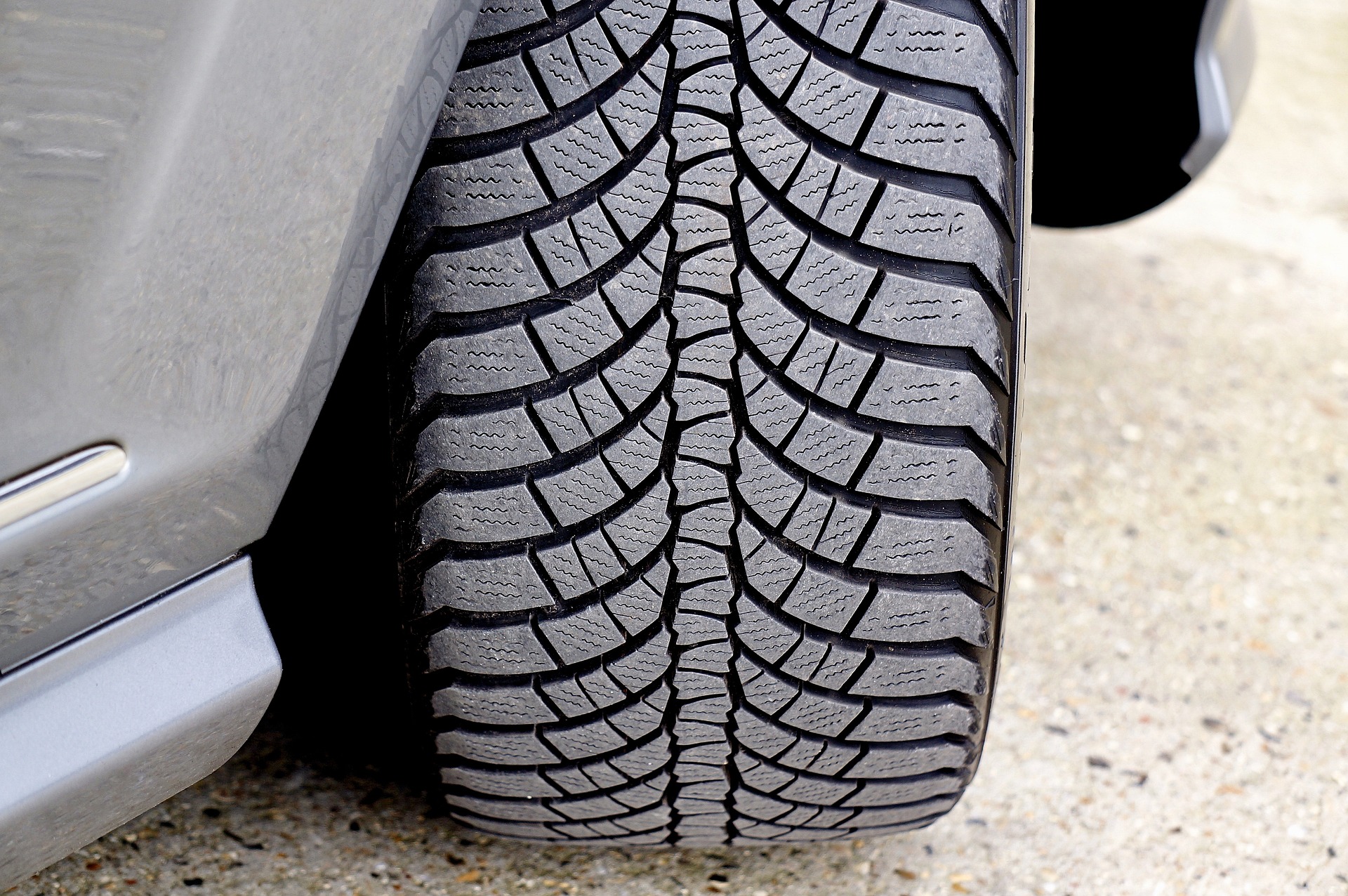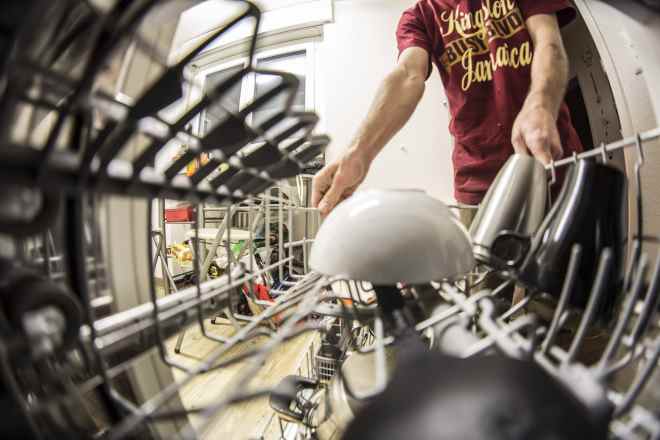Unveiling the Intricacies of Variable Compression Ratio Technology
Have you ever wondered how the performance of your vehicle could be optimized for different driving conditions? Imagine a world where your car's engine adapts to whether you're cruising on the highway or tackling a steep hill. This isn't a distant fantasy anymore, thanks to the advent of Variable Compression Ratio (VCR) technology. Let's delve into this remarkable technology that's reshaping the automotive landscape.
The Genesis of Variable Compression Ratio (VCR) Technology
VCR technology isn’t a novel concept; in fact, it has been around for over a century. However, its practical implementation was always a challenge due to the complexity involved. The idea behind this technology is to change the compression ratio of an engine on the fly. This allows the engine to provide optimal performance in different driving scenarios, enhancing fuel efficiency and power when needed.
The Modern Take on VCR Technology
Fast forward to today, and we’re seeing the first practical implementations of VCR technology. Companies like Infiniti and Nissan are pioneering this engineering feat with their VC-Turbo engine. This engine uses a multi-link system and an eccentric pivot to adjust the reach of the pistons, thereby varying the compression ratio. The result is an engine that offers high-performance when required and switches to fuel efficiency mode when cruising.
The Impact of VCR on the Automotive Industry
VCR technology marks a significant shift in the automotive industry. It provides a solution to a longstanding compromise between power and efficiency. With this technology, engines can deliver high performance without sacrificing fuel economy. This is particularly relevant in today’s world, where there is an increasing demand for environmentally friendly, fuel-efficient vehicles.
The Challenges and Future of VCR Technology
Despite its potential benefits, VCR technology is not without its challenges. The system’s complexity demands precision engineering and robust materials, which can make it expensive to implement. Furthermore, as with any new technology, it will require rigorous real-world testing to prove its durability and reliability. Despite these challenges, the future of VCR technology looks promising. As the technology matures and becomes more widespread, we can expect it to become a critical component of next-generation internal combustion engines.
Variable Compression Ratio - Bridging the Gap
As we delve deeper into the intricacies of VCR technology, we realize its potential to revolutionize the automotive industry. By bridging the gap between power and efficiency, it opens a new realm of possibilities for internal combustion engines. While it may take time for this technology to become mainstream, its impact is undeniable, marking a significant milestone in the evolution of automotive engineering.
As we journey through the ever-evolving landscape of the automotive world, it’s innovations like the Variable Compression Ratio technology that keep the industry dynamic, challenging, and exciting. Buckle up, because the ride is only going to get more exhilarating from here!





